
Previous Year Agenda |
Monday, April 3, 2017
Pre-Conference Workshop: Upgrading to a 21st Century Utility -- How to Build Your Smart Grid
1:00 - 3:15 pm view details
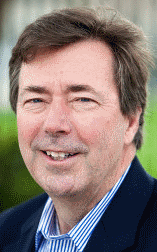
|
Workshop Instructor Dale Pennington Managing Director UtiliWorks Consulting, LLC. bio |
Site Tour: S&C Electric's Smart Grid Demo Center
3:15 - 5:00 pm view details
Tuesday, April 4, 2017
7:30 - 8:30 am -- Continental Breakfast
7:30 - 5:30 pm -- Registration Open
7:30 - 5:30 pm -- Registration Open
Opening Address: Business Change and System Impacts a Result of DER
8:30 - 9:00 am
This session sets the stage with a discussion of current technology, market trends, and collaborations to drive grid modernization. The focus of the session will be on the impacts of DER to planning and operational systems of the utilities. The session will explore industry efforts to define the impacts to current systems, the requirements and capabilities needed, and the needed dialogue amongst industry.
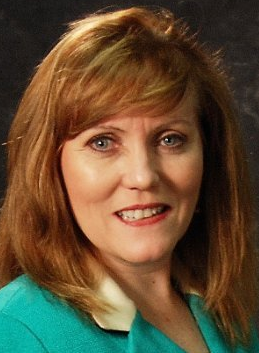
|
Sharon S. Allan CEO & President Smart Grid Interoperability Panel (SGIP) bio |
Session 1: Progress on New York REV and other Key Grid Modernization Initiatives
9:00 - 10:30 am
Progress made in Grid Modernization programs throughout the U.S. is mixed. While State's are moving purposefully and deliberatively to modernize the grid, empower customers, and offer competitive opportunities for utilities and non-utilities alike and technology providers to serve load, we are looking at billions of dollars of investment needed to fully operationalize the grid-of-the-future. Most people agree generally on what the future state should look like and also recognize that the road to realization of this vision is fraught with risk. This panel will address the vision, planning and investment needs, risks and opportunities, and provide a status report on grid mod initiatives in New York and other leading states.
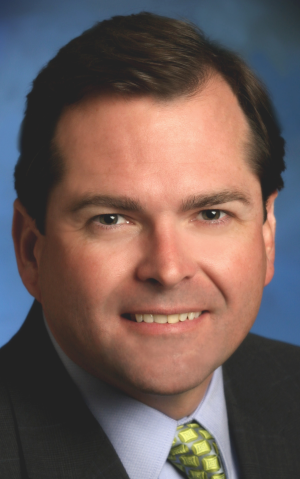
|
Brien J. Sheahan Chairman Illinois Commerce Commission bio |
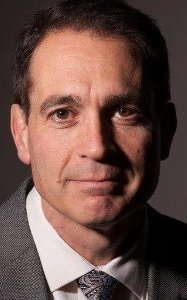
|
Keith Lorenzetti Program Director, Energy Smart Community AVANGRID bio |
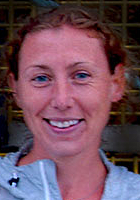
|
Kelly Ziegler Manager, State Regulatory Affairs, Stakeholder Ombudsman Con Edison bio |
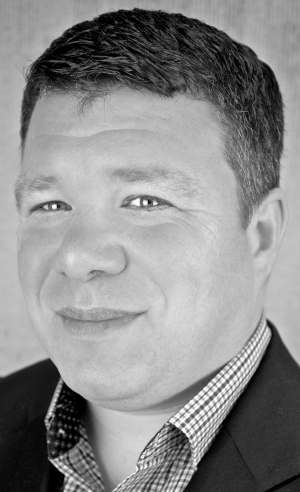
|
Joseph J. Hally Manager, Energy Transformation & Solutions Central Hudson Gas & Electric bio |
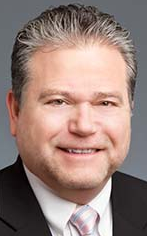
|
Paul A. DeCotis Senior Director, Energy & Utilities Practice West Monroe Partners bio |
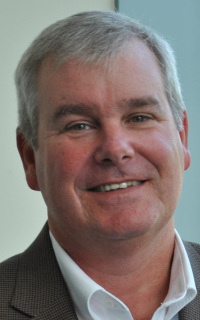
|
Robert D. Sheridan, P.E. Director, Utility of the Future National Grid bio |
10:30 - 11:00 Networking Break
Session 2: Grid Edge Integration Techniques
11:00 - 12:15 pm
Our industry has major pilots and plans around Distributed Resource Integration, interactive microgrids, transactive energy, and many other shiny new objects. However, five minutes at another industry's conferences is all it takes to learn that customers aren't ready, they are suspicious, and they want to be left alone (mostly). After suffering our own indigestion with the recent explosion of standards, are we in danger of alienating our customers for the same reason? This panel will explore the issue with key managers from the energy, technology, and major industry perspectives and the best ways to work through the issues.
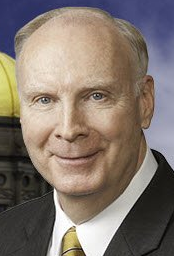
|
Phil Davis Vice President, Planning and Partnerships Sterling Energy Assets bio |
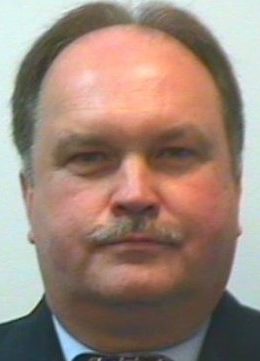
|
Howard Smith Manager, Distributed Energy Resouces Policy Southern Company bio |
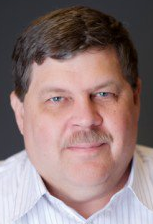
|
Doug Houseman Vice President, Innovation and Technology EnerNex bio |
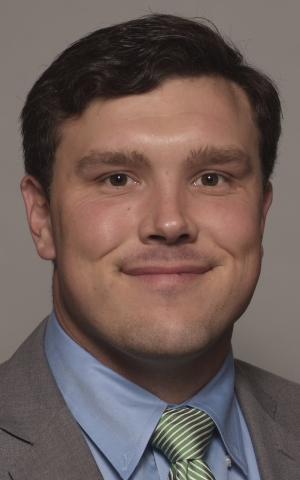
|
Tim Hade Co-Founder and Chief Operating Officer Scale Energy Solutions bio |
12:15 - 1:15 Networking Lunch
Session 3: IoT and Big Data Analytics for New Business Models and Operational Excellence
1:15 - 2:30 pm Additional Speaker TBA
The future of the grid is dynamic and ever-changing. The role of telecommunication networks, the customer, and renewables is rapidly overlaying onto the electric grid. While IoT is the new moniker in town, the value of interoperability, collaboration, and technology is foundational in the future of the grid. In this exciting presentation, experts from utilities and vendors will discuss the future of the Smart Grid and how interoperability is the key to success.
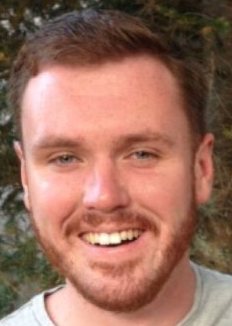
|
Zac Canders CEO & CoFounder DataCapable bio |

|
Paul Hofmann Team Lead, Business Intelligence and Data Warehouse Alliant Energy |
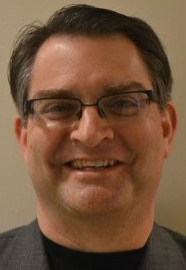
|
Dave Mulder Vice President Strategy and Solution Development Open Energy Solutions |

|
Mimi Zhang Senior Product Manager Silver Spring Networks bio |
2:30 - 3.00 Networking Break
Session 4: Determining the Value of DER through Distribution Locational Marginal Pricing (DLMP)
3:00 - 4:00 pm
This session discusses how utilities can extract value from the convergence of IT and OT. We will examine the process of transforming to the Distribution System Operator (DSO) of the future by enabling value-added functions such as:
- Locational Resource Management, including contingency analysis
- Dynamic Loss Minimization
- DER Integration
- Transactive Energy Settlement, including Distribution Locational Marginal Pricing (DLMP) determination
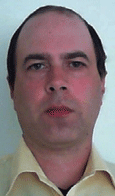
|
Jason Iacobucci President PowerRunner bio |
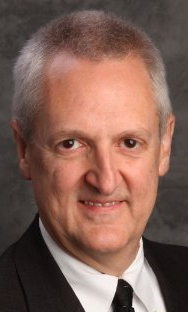
|
Keith Hock Director, Transmission Technical Services and Operations Planning Ameren bio |
Session 5: Case Study Perspectives on Enhancing Grid Reliability
4:00 - 5:15 pm Additional Speakers TBA
This panel will discuss the current state of the electrical grid and what would happen to society in a major power outage. Panelists will discuss how the electrical grid can be strengthened to increase its resiliency, as well as what steps have owners and users of the grid have been implementing and what are their future plans. The session takes a look at cutting-edge case studies, and key take-aways for organizations planning similar systems.
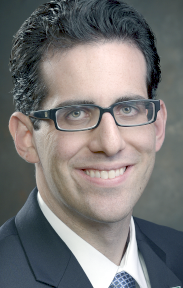
|
Christopher N. Evanich Applications Director of Microgrids S&C Electric Company bio |
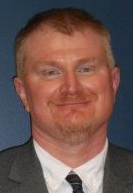
|
Donald Harrod Village Administrator Village of Minster, Ohio |
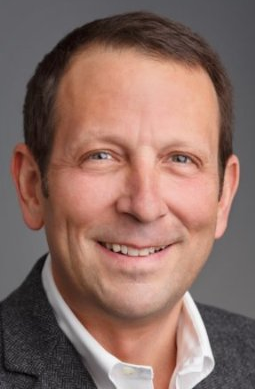
|
Bill Abolt Vice President, Energy AECOM bio |
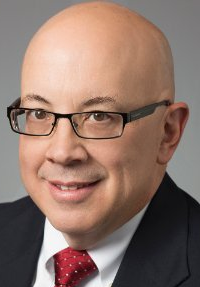
|
Mike Danziger Managing Director, Power and Utilities Practice Deloitte Consulting LLP bio |
5:15 - 6:15 Drink Reception
Wednesday, April 5, 2017
7:30 - 8:30 am -- Continental Breakfast
7:30 - 5.00 pm -- Registration Open
7:30 - 5.00 pm -- Registration Open
Session 6: Energy Storage and the Integration of Renewables and DERs
8:30 - 9:45 am
There is an urgent call for energy storage to solve the challenges of variability and intermittency that accompany solar and wind generation. Grid modernization will require substantial deployment of storage resources. Innovation seems to be taking place faster than the ability to regulate it. The new President has included energy storage grid modernization on a list of the Top 50 Infrastructure Projects that promote national security. Yet in the absence of assurances and a 15-year track record some utilities remain wary. The panel includes a utility, a software company and an early player in storage technology who will discuss their personal experiences. Key discussion points will be:
- How new technologies are pushing the boundaries
- How manage the complex integration of storage with the grid
- How utility pilots are testing options to solve their own challenges, such as pairing grid storage with inverter technology

|
Ryn Hamilton President Ryn Hamilton Consulting bio |

|
David Dobratz, P.E. Supervisor, Energy Efficiency Eversource Energy bio |
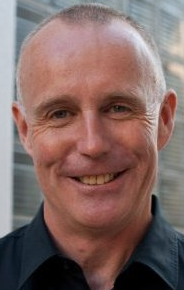
|
Michael Hopkins CEO Ice Energy bio |
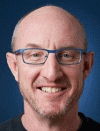
|
Clay Collier Co-Founder and CEO Kisensum bio |
9:45 - 10:15 Networking Break
Keynote Address: The Evolution of US Power Grids -- Complexity and Clarity
10:15 - 10:45
The evolution of US power grids is proceeding apace, and that pace is not only much faster than in the past, it may still be accelerating. Part of this is due to technologies like Distributed Energy Resources (DER), storage, and ubiquitous communications but part is due to societal trends such as localized energy choice and climate concerns. The complexity of grid transformation and modernization has been a significant limiting factor in much key decision-making at all levels and the wide range of stakeholders and stakeholder interests in the grid makes it difficult even to communicate on these topics. A handful of strong conceptual tools and methods are being used successfully to achieve key clarifying insights about topics as diverse as DER value accrual across the grid, new roles and responsibility definitions for utilities and their relationships to evolving utility business models, and the convergence of grids with other networks, including gas, water, transportation, and social networks. We use these tools along with insights from Grid Architecture to discuss the things we know about grid evolution and what we don't yet know.
|
Session 7: Public-Private Partnerships: Can Cities and Utilities Work Together on Microgrids?
10:45 - 12:00 pm Additional Speaker TBA
City government leaders (whether elected or appointed) and utility executives see their energy destinies as conjoined. Sometimes, as large utilities customers, city governments are looking for ways to decrease their dependency on a major utility. Sometimes diversifying the city's economic development depends upon creating new sources of power, new storage options, new distribution and control systems. For instance, the City of Berkeley, together with the Univ. of Calif. and the Lawrence Berkeley National Lab, are undertaking new microgrid ventures. How are these kinds of microgird projects likely to play out? Who will finance and operate these systems? What role for the first-movers/customers who sign up with such microgrids? This session will explore these questions, and others.
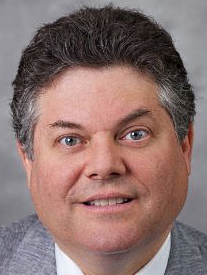
|
Gordon Feller Consultant, Cisco Systems HQ Founder, Meeting of the Minds bio |
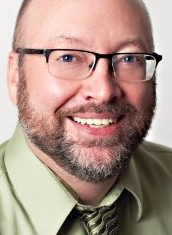
|
Michael T. Burr Director Microgrid Institute bio |
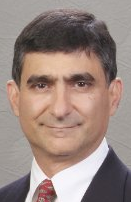
|
John Vernacchia Global Segment Manager Alternative Energy Solutions Eaton bio |
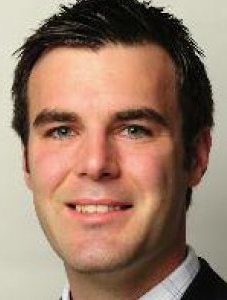
|
Patrick Norton Vice President Swift Current Advisors bio |
12:00 - 1:00 pm Networking Lunch
Session 8: Could Illinois' New DER Valuation Approach Bridge The Utility-Solar Divide?
1:00 - 1:30 pm
Illinois' recently-passed Future Energy Jobs Bill, a landmark piece of climate and energy policy, is a stepping stone to building the grid of the future. Although it received much attention for its focus on energy efficiency, distressed nuclear power plants, and the fix and improvement of the state's renewable portfolio standard, several other Distributed Energy Resource (DER) provisions could have an outsized impact. The most significant change is the creation of a Value of DER rebate as a new policy once the state reaches its net metering cap. The Value of DER rebate will be an upfront cash payment from the utility to a DER system owner to account for the lifetime value of the asset to the distribution grid, taking into account the value of its Location, Time, and Performance. The new policy will treat DER investments as equally or more beneficial to the grid and customers than new wires, poles, and transformers.
What does this mean for the future of the utility relationship with rooftop solar? What does it mean for a utility to say that solar is a value to the grid, and not a cost to the grid? How will different DER assets be able to take advantage of a valuation that is specific to their capabilities on the system? And how can the utility get more involved in DER siting to enable additional grid benefits?
What does this mean for the future of the utility relationship with rooftop solar? What does it mean for a utility to say that solar is a value to the grid, and not a cost to the grid? How will different DER assets be able to take advantage of a valuation that is specific to their capabilities on the system? And how can the utility get more involved in DER siting to enable additional grid benefits?
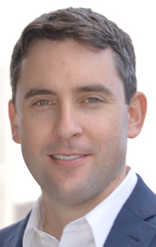
|
Andrew Barbeau President, The Accelerate Group Senior Clean Energy Consultant, EDF bio |
Session 9: Mitigating Physical and Cybersecurity Attacks to Critical Utility Infrastructure
1:30 - 2:00 pm
Securing the North American power grid is a top priority for both regulators and utilities. While the industry remains focused on grid resiliency, physical and cybersecurity threats remain that could impact generation, transmission, and distribution operations. This session will review best practices for securing electric infrastructure and discuss the impact of the NERC standards (and how they may be inhibiting technology innovation), the potential for additional federal legislation, and emerging threats facing electric utilities. For discussion will also be the economic and interdependency impact of a significant "outage", utility reputational risk, and the response and recovery aftermath of a major security breach.
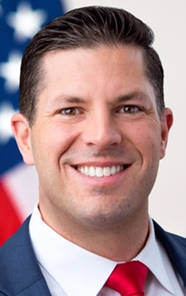
|
Brian Harrell, CPP Director, Security and Risk Management Energy Pratice Navigant bio |
Session 10: Better Programs, Better Performance, with Customer + Grid Data Analytics
2:00 - 3:00 pm
Running high performing utility customer programs often requires "reading the tea leaves." Manual program management and murky performance data makes it hard to scale programs, difficult to identify problems mid-course, and can lead to poor customer experiences.
But as real-time data has become available from the meter and from digitized customer programs, it's creating new opportunities to control costs, increase performance, and provide better customer experiences. Utility customer programs are being transformed through the intersection of grid and customer data, opening up entirely new ways to track, measure, and optimize performance. During this presentation, the case study of a large Southwestern IOU will be examined closely, looking at key learning points such as 2x gains in measured efficiencies, reducing inspection costs by 25%, justifying program investments, and increasing contractor performance.
But as real-time data has become available from the meter and from digitized customer programs, it's creating new opportunities to control costs, increase performance, and provide better customer experiences. Utility customer programs are being transformed through the intersection of grid and customer data, opening up entirely new ways to track, measure, and optimize performance. During this presentation, the case study of a large Southwestern IOU will be examined closely, looking at key learning points such as 2x gains in measured efficiencies, reducing inspection costs by 25%, justifying program investments, and increasing contractor performance.
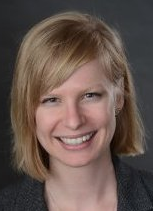
|
Jamie Peters Director, Client Solutions EnergySavvy bio |
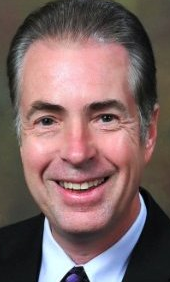
|
Kevin Bricknell Energy Data Services Program Manager ComEd bio |
3:00 - 3:30 pm Networking Break
Session 11: Unlocking the Value of Grid Modernization and DER for Commercial Customers
3:30 - 4.45 pm
Meeting the funding challenge is one key obstacle to widespread adoption of DERs. As such, there's growing recognition that private capital and vibrant commercial models are the preferred, and perhaps only, way to achieve the transformation quickly and within the constraints of available taxpayer/ratepayer funding. This session discusses what commercial end users expect of the modernized electric grid, and how all stakeholders - both utilities and customers - can benefit from the transition to models that meet such expectations. Key topics to be addressed include:
- DER management technology for resource integration at the grid edge
- Financing based on measured energy reduction of integrated demand-side solutions
- Data on what large commercial customers expect of grid modernization
- Utility role in, and benefits from, new transaction model
- Innovative utility case study projects -- Con Edison and PG&E
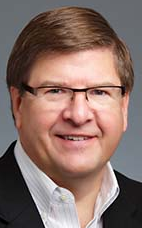
|
David W. South Senior Principal, Sustainability, Energy & Utilities Practice West Monroe Partners bio |

|
Arthur (Bud) Vos President and CEO Enbala Power Networks bio |
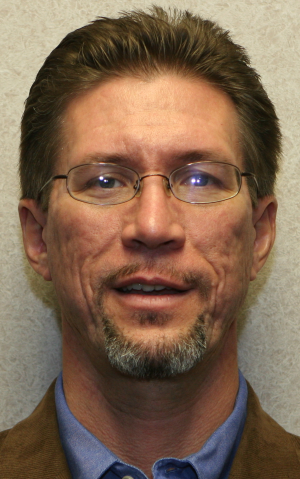
|
Patrick O'Neill Chief Operating Officer Joule Assets bio |
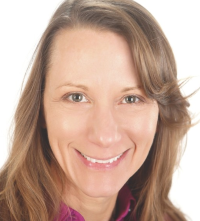
|
Teresa R. Lutz Director - Program Evaluation Michaels Energy bio |
